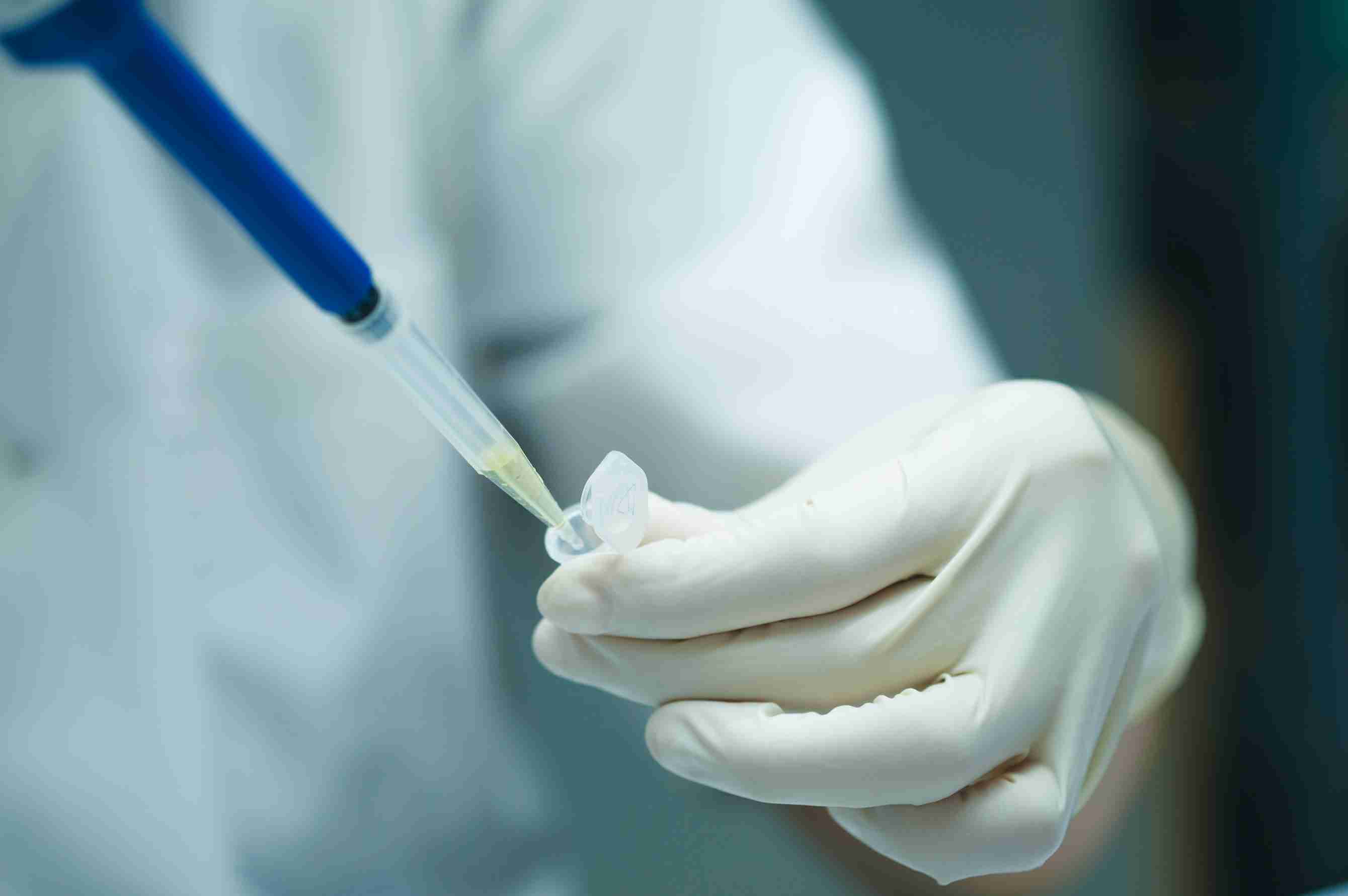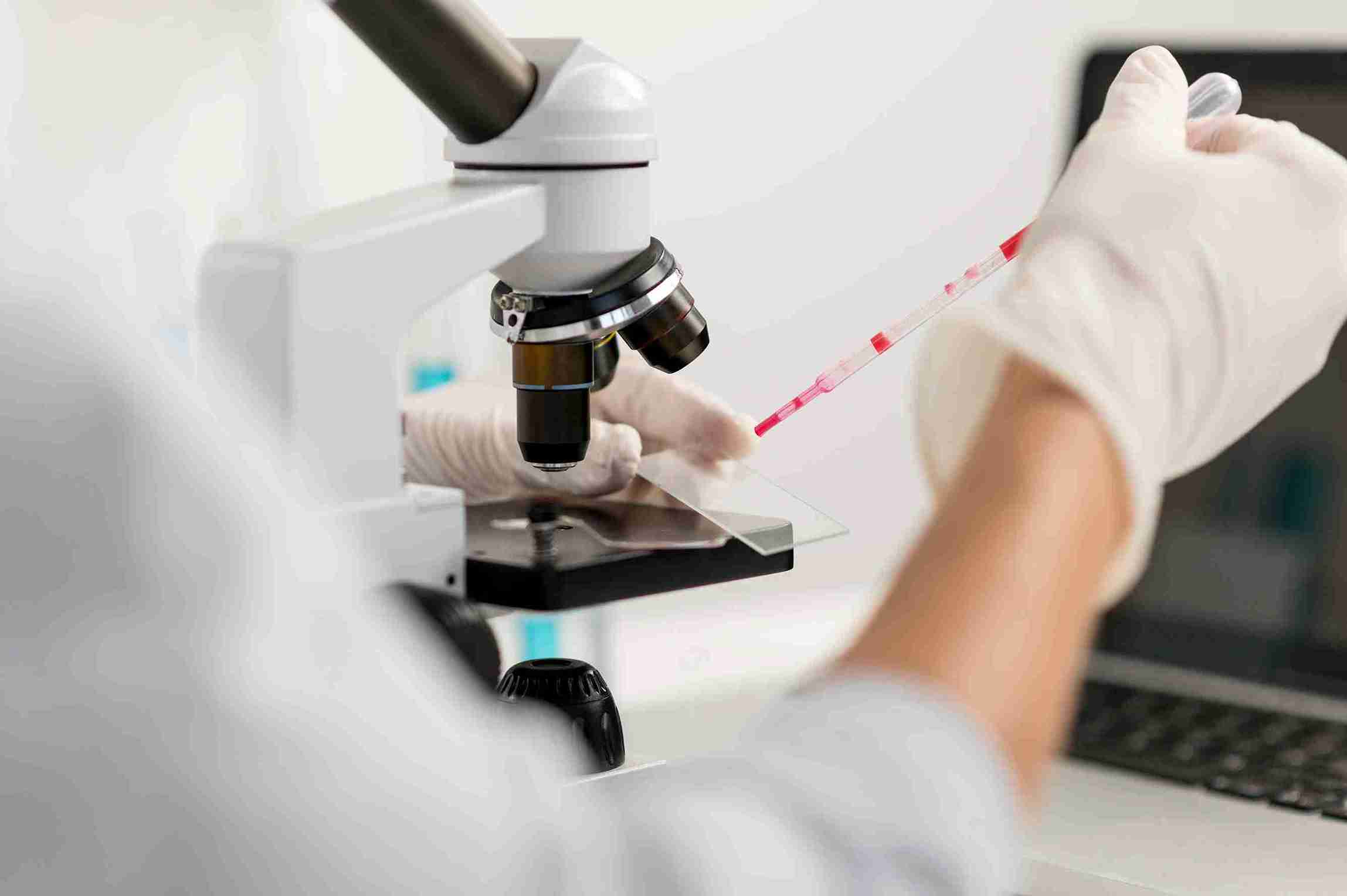
In a substantial number of cases, the inability to successfully conceive a child may be due to certain reproductive health issues in the male partner. Diagnosing fertility issues is crucial to selecting the right male infertility treatment and improving conception chances.
In this article, we shall examine some of the more advanced microsurgical treatments that are currently available, which promise better outcomes for men who are trying to conceive.

Microsurgical fertilisation is an Assisted Reproductive Technology (ART) that involves the use of high-powered surgical microscopes. It is currently among the most cutting-edge techniques being used to counteract male fertility issues. Microsurgical fertilisation is recommended for men who have the following reproductive issues:
● Men suffering from azoospermia, i.e., the absence of sperm in the semen.
● Men who are unable to ejaculate at the culmination of intercourse (anejaculation).
● Men who have low sperm count or poor sperm quality.
● Men with health issues in their reproductive system, such as a blockage.
● Men who suffer from retrograde ejaculation, a condition whereby semen flows backward into the bladder.
Traditional IVF is one of the most commonly used methods worldwide and has been around for several decades. This procedure involves the fertilisation of harvested eggs and sperm in a laboratory. Here, thousands of sperm are placed in a laboratory dish alongside an egg in the hopes that one or more of them will successfully penetrate the egg, thereby kickstarting the process of conception. There is no guarantee that fertilisation will take place.
With microsurgical fertilisation, advanced techniques and tools are used to ensure that fertilisation of egg and sperm takes place. Procedures like microsurgical testicular sperm extraction (microTESE) and ICSI (Intracytoplasmic Sperm Injection) are combined to enhance conception chances. This technique ensures a higher chance of fertilisation.
Let’s take a closer look at some of the key procedures involved in microsurgical fertilization.
As stated earlier, male fertility issues may be caused by a number of health issues. Traditional IVF techniques may prove to be insufficient to address these issues. In such cases, fertility specialists may recommend opting for innovative sperm harvesting techniques like Microsurgical Testicular Sperm Extraction (microTESE). This procedure, also known as microdissection testicular sperm extraction, uses high-powered microscopes to retrieve sperm directly from the testicular tissue located within the testes. This is especially beneficial for men who are suffering from azoospermia.
1. To retrieve top-quality sperm
2. To minimise any sort of damage to the male reproductive organs.
3. To obtain a sufficient quantity of sperm for the subsequent fertilisation procedures
Sexual intercourse and masturbation should be avoided for a few days before the procedure. After the procedure, it is recommended to refrain from these activities, along with strenuous exercise, for at least 7 to 10 days to allow the body sufficient time to heal and recover fully.
Both TESE and microTESE are procedures that are used to extract viable sperm from the testicles. However, the main difference between traditional TESE and microTESE is the use of a high-powered microscope for analysing the testicular tissue sample. The use of this microscope enables fertility specialists to extract sperm from tiny tubes in the testicular tissue sample. This is especially advantageous for men diagnosed with a complete absence of sperm in their semen.

The microTESE procedure typically takes less than two hours and is usually performed under general anaesthesia as this is a surgical procedure.
A single incision is made in the middle of the scrotum, the pouch of skin that holds the testicles. This incision enables the surgeon to reach the testicles. Then, tiny incisions will be made in one of the testicles to remove small amounts of testicular tissue. Small tissue samples may be collected from the second testicle as well. This step is also called a testicular biopsy.
These tissue samples will be sent to a lab and analysed under a high-powered microscope. The main objective will be to retrieve sperm from the fine tubes of your tissue sample. If viable sperm are found, it will be used to fertilise the already-harvested egg. In most cases, to maximise the chances of a successful pregnancy, a technique known as Intracytoplasmic Sperm Injection (ICSI) may be used.
Intracytoplasmic Sperm Injection (ICSI) is a procedure whereby a tiny needle, called a micropipette, is used to insert a single sperm into the cytoplasm of an egg. ICSI will be recommended for men who have not found success with traditional IVF methods of fertilisation. It will also be recommended if the egg donor is older than 35 years or if frozen eggs are being used.
Here are some tips that will help speed up the recovery process after undergoing the MicroTESE procedure:
1. Use pain meds to manage the pain. However, ask your healthcare provider for advice or a prescription.
2. Apply ice packs over the incision to lower any swelling around the scrotum.
3. Use appropriate underwear to help support the scrotum.
4. Avoid strenuous physical activity or exercise for at least a week after the procedure till the incision heals.
5. Avoid sexual activity for at least a week or so, at least till the incision heals and the pain subsides.
MicroTESE is usually a safe procedure with minimal risks. However, a few potential risks include:
● Complete absence of sperm in the retrieved testicular tissue sample
● Pain or discomfort
● Bleeding
● Testicle damage
● Infections arising from the surgery
● Risks from the application of anaesthesia
Seek out immediate help from healthcare providers if any of the following issues are noticed after the microTESE procedure has been performed:
● Heavy bleeding is seen in or around the area of the incision.
● There is severe and excruciating pain.
● There is blood present in the urine, which is indicative of a condition known as hematuria.
● There is a general feeling of ill health, such as fast or shallow breathing, lightheadedness, shivering, sweating, etc. This could be a sign of sepsis, a condition that could be fatal if left untreated.
● There is discolouration or pus oozing from the incision, along with a fever, which could be signs of an infection.
MicroTESE procedure can be repeated if the sperm collected during one session was utilised entirely for the subsequent ART treatments. However, it is generally advised to repeat the procedure only after an interval of six to twelve months.

Innovative techniques like microsurgical fertilisation have proved to be a godsend for men suffering from reproductive health issues such as azoospermia. By being prepared and well-informed, couples can explore various treatment options, increasing their chances of successful conception and parenthood.

Microsurgical fertilisation involves the use of high-powered microscopes to find and retrieve viable sperms from tiny tubes present in the testicular tissue extracted during the microTESE procedure. The traditional IVF procedure involves mixing harvested sperm and egg in a lab dish to induce fertilisation.

Microsurgical fertilisation is recommended when there are male fertility issues like azoospermia.

Microsurgical fertilisation remarkably improves the chances of a successful pregnancy, as high-powered microscopes are used to identify and retrieve top-quality sperm.
